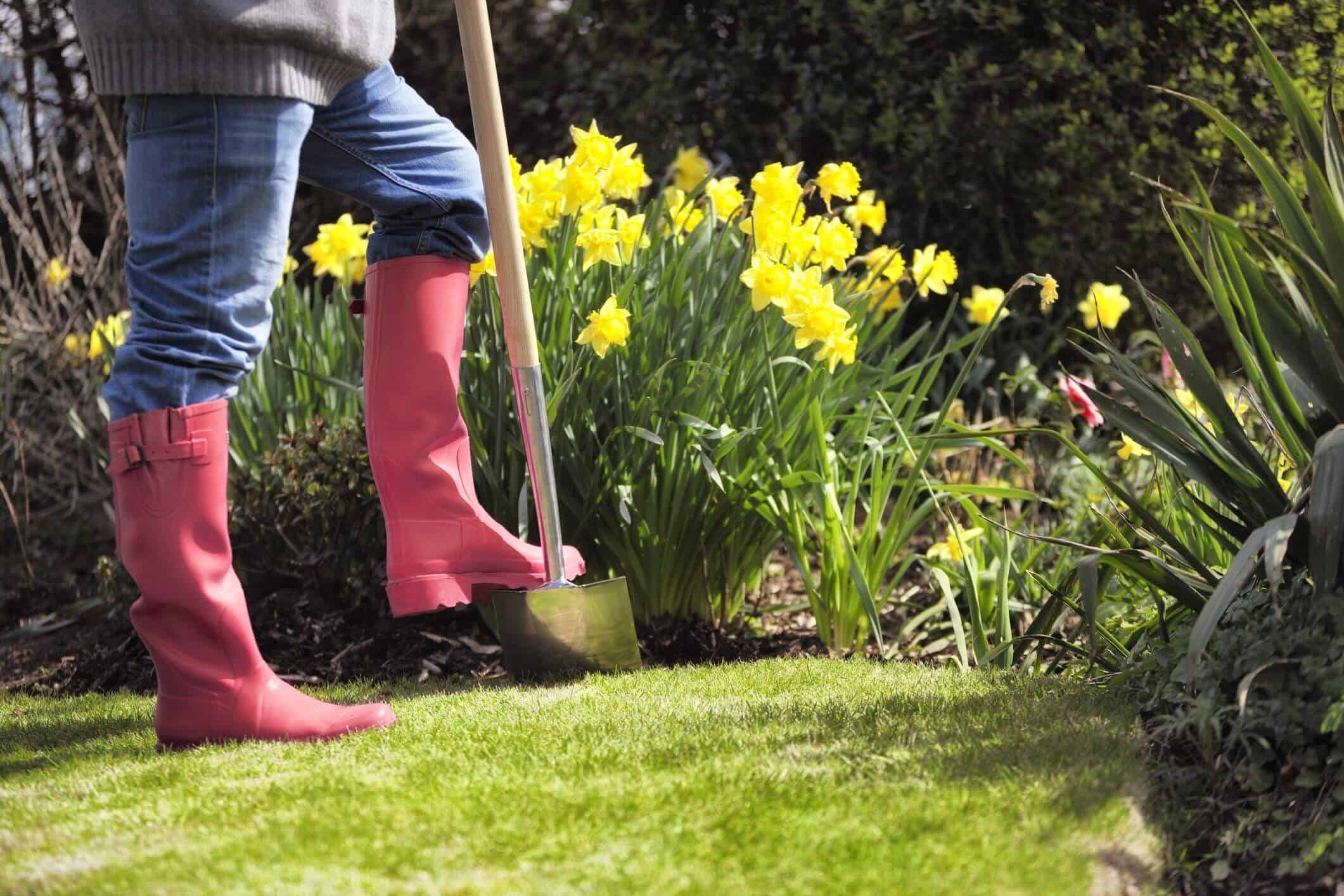You did your best. Cared for your daffodils by providing a conducive environment to bloom and flourish. But now that the flowers are gone, should you deadhead daffodils after they bloom?
Is it even necessary to do so?
My short answer is that you should definitely deadhead them once they are done with blooming. After all, they have already lost their attraction by fading, hence spoiling their spring appearance.
But this is not the only reason.
Read on to find out:
Why You Should Deadhead Daffodils After They Bloom
Deadheading is the practice of removing spent flowers. If left alone, the plant will begin the process of seed development, assuming pollination occurs during flowering.
We do not want this unless you’re growing the flowers for seed production.
Besides, have you ever heard of daffodil blindness?
If not, it’s a condition where the flower production reduces in subsequent seasons. The condition worsens when an otherwise healthy and leafy plant fails to produce any flower.
While there are many reasons for this ‘blindness,’ one of the main culprits is failure to deadhead as soon as the current flowers begin to fade.
You can read more benefits of deadheading below:
Preserve the daffodils' attractiveness.
As we’ve already seen, fading flowers are not very appealing, so you need to remove them from the plant. Only leave fresh-looking flowers to ensure your plants look as attractive as possible.
Conserve energy for subsequent flowering.
The plant prioritizes seed formation over any other process as a survival mechanism by directing all its food energy toward the seed pod. This is not desirable for ornamental flowering plants such as the daffodils.
Although seed pod formation on daffodils has little impact on plant vigor, it’s still necessary to deadhead them.
Here’s why:
Adequate amounts of food must be stored in the bulbs for the daffodils to bloom the following spring. And the sooner the conservation begins, the better.
Deadheading also means the leaves will have to work less hard to build up the necessary energy reserves for the subsequent flowering.
When to deadhead daffodils
Now that we’ve seen why it’s necessary to deadhead these spring beauties, at what point in time should you remove the spent flowers?
Well, there is actually no right time, and you can remove them as soon as you can. A bit of delay won’t cause any damage. However, as a rule of thumb, deadhead flowers that have wilted or that are looking scruffy.
How to deadhead your daffodils
The best and simplest way is to pinch off the faded blooms with your finger and thumb. If you have a lot of spent flowers to deadhead, consider using secateurs, scissors, or a knife.
To deadhead, remove all flowers, along with the seed capsule. However, leave the green flower stalk in place as this photosynthesizes (produces food), helping to build up the bulb to flower well next season.
Daffodil foliage typically persists for four to six weeks after blooming. During this period, the daffodil foliage is manufacturing food.
Much of the food is transported down to the bulbs.
To bloom, daffodils must store adequate levels of food in their bulbs. Cutting off the foliage before it has died back naturally may prevent the plants from storing sufficient food in the bulbs.
Please allow the daffodil foliage to die completely before you remove it.
What Next?
You’ve deadheaded your daffodils and even cut the leaves back. Now, what next?
- Apply a low-nitrogen, high-potash (potassium) fertilizer after flowering if bulbs are not performing as desired.
- Once your daffodils have gone by, add bonemeal to the soil for next year’s blooms.
- Make sure your animals don’t munch on them – daffodils are poisonous to pets.
- Watch out for common pests such as large bulb flies, bulb scale mites, narcissus nematodes, slugs, narcissus basal rot, other fungal infections, and viruses.
- Check this list of 11 types of daffodils for diversity.
Conclusion
Deadheading daffodils is not only necessary but also crucial in ensuring your plants look both attractive and in top shape.
Not to forget, when you deadhead your daffodils, you give them the best chance to conserve energy for the next season’s blooming.
Let me know if you found this article helpful in any way. Comment below, and happy gardening!
References
Almanac – How to Plant, Grow, and Care for Daffodils
RHS – Deadheading Plants
Featured Image – House Beautiful
Editor's Note: This post was originally published on November 11, 2019, and has been updated for accuracy, grammar, and comprehensiveness.

Very informative. Thank you!
Thank you, Joots!
There is a typo above. You wrote – make sure to have your animals munch on them. You meant to write – make sure not to have your animals munch on them
Hi Leon, thanks a lot for the heads up! I’ve made the correction. All the best 😉
Thank you for such good input. You answered my questions completely!
Very beneficial; thank you
Comprehensive care guide…even how to dead head the daffodils. I wasn’t sure if I should leave the stem and you answered that question. Thank you!
I should have read this before cleaning up my daffodils. Flowers were dead so I cut the leaves and all. Did I just kill all my daffodils?